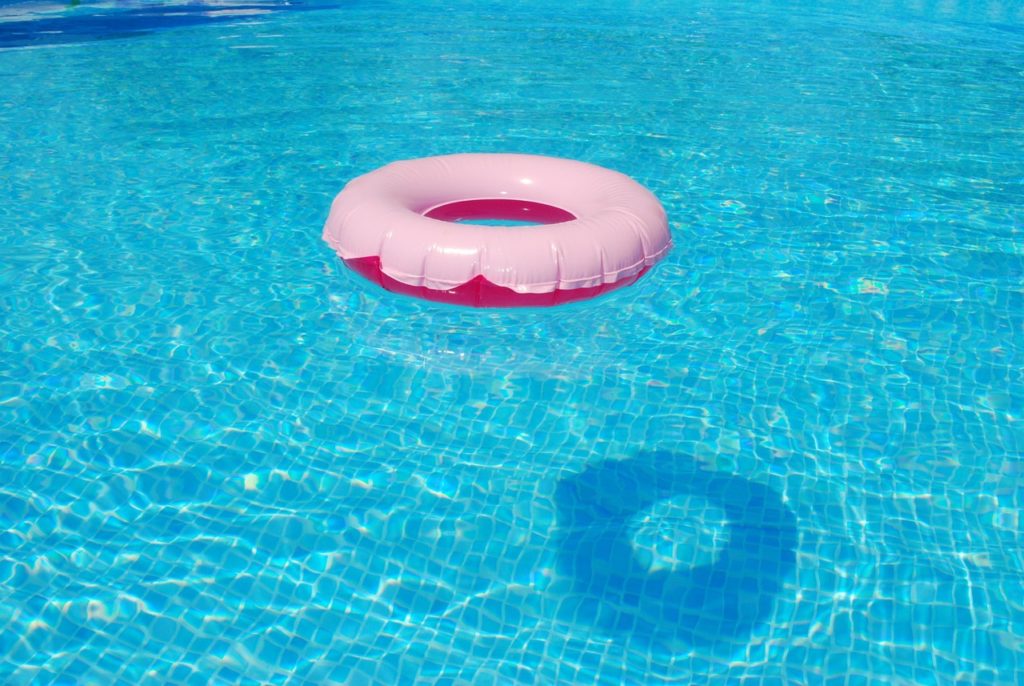As a pool owner, there’s nothing quite as satisfying as having a clean and sparkling swimming pool. It may seem like it’s enough to simply turn off the filter and grab your beach towels when the water is crystal clear, but before you jump in head first, it’s important that any dirt or debris has been removed from your pool and the water is safe for swimming. So how can you make sure that your cleaned pool is established to be swimmable? This blog post will cover everything you need to know about making sure your newly-cleaned swimming pool is fit for use.
Remove stains
Stains can detract from the beauty and cleanliness of a swimming pool, but fortunately, there are effective ways to remove them. The first step is to identify the type of stain, such as organic stains from leaves or algae, metal stains from iron or copper, or calcium buildup. For lighter stains, a baking soda and water mixture can be used along with scrubbing the affected area with a brush.
For more stubborn stains, a pool-specific stain remover product can be effective. If these methods don’t work, you can contact a professional service to assist in removing the stain. You’ll find more pool info from thepoolstainremovers.com.au on their site and the type of services offered. When using stain removers it is important to follow the instructions carefully and take precautions when working with chemicals to avoid any potential harm.
Check the chemical levels of your pool
Chlorine, pH, and alkalinity are three key factors to monitor in maintaining a healthy and safe swimming pool. Chlorine is used to kill harmful bacteria and germs in the water, while pH and alkalinity help ensure the water is balanced and comfortable for swimmers.
Chlorine levels should be maintained between 1-3 parts per million (ppm) in the pool. If the chlorine levels are too low, bacteria and germs can grow in the water, leading to potential health risks. Conversely, if the chlorine levels are too high, it can cause skin and eye irritation for swimmers.
pH measures the acidity or alkalinity of the pool water and should be maintained between 7.2-7.8 on a pH scale. If the pH is too high, the water can become cloudy and cause irritation to the eyes and skin. On the other hand, if the pH is too low, the water can become acidic and corrode pool equipment.
Alkalinity measures the ability of the pool water to resist changes in pH. Alkalinity should be maintained between 80-120 ppm. If alkalinity is too low, the pH can become unstable and fluctuate rapidly, leading to imbalanced water. If alkalinity is too high, it can cause cloudiness in the water and lead to difficulty in maintaining proper pH levels.
Inspect the pool for debris
Leaves and debris can quickly accumulate after heavy winds or rain, making swimming unsafe. An effective way to keep your pool safe is to inspect its surface with a skimmer or net and remove any leaves or unwanted items from the surface. Regularly removing leaves will help maintain clean and sparkling water that’s ready for swimming. Keeping an eye out for debris will also reduce strain on the filter and extend its life, allowing you and your family to enjoy the cleaner water for longer.
Vacuum the bottom of the pool
Keeping your pool sparkling clean doesn’t just make it look nice; it also helps maintain a healthy and safe environment for swimming. An important step in keeping your pool clean is to vacuum the bottom, this will remove any dirt and sediment that has built up over time. Vacuuming weekly can make all the difference in ensuring that swimming in your pool is safe and enjoyable, as these particles can be hazardous to swimmers’ health if allowed to accumulate.
Brush the sides of your pool
This helps to remove any algae buildup that may start to occur and also prevents further buildup from forming. Making sure you brush the sides of your pool is an easy way to maintain a clean, healthy environment for all swimmers. If you want your pool to remain pristine and safe, taking a few extra minutes each week to give it a good brushing can make all the difference.
After following these steps and properly cleaning your pool, you’ll be able to rest assured that the backyard oasis is safe to swim in. All in all, by completing these important steps, you can relax knowing that you have taken all necessary precautions when it comes to maintaining a safe place for friends, family, and loved ones to enjoy some time splashing around and making memories.


